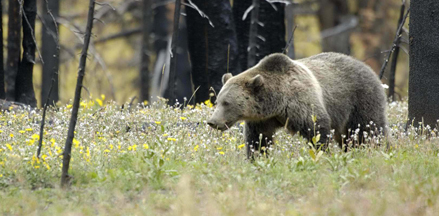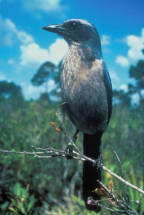 Last year the US Fish and Wildlife Service quietly handed over the responsibility for issuing incidental take permits for species listed under the federal Endangered Species Act to the Florida Fish and Wildlife Conservation Commission, according to the Tampa Bay Times.
Last year the US Fish and Wildlife Service quietly handed over the responsibility for issuing incidental take permits for species listed under the federal Endangered Species Act to the Florida Fish and Wildlife Conservation Commission, according to the Tampa Bay Times.
Now, two environmental groups, the Center for Biodiversity and Conservancy of Southwest Florida, have given the US Fish and Wildlife Service 60 days to settle with them, or they will sue.
The Tampa Bay Times article notes that Florida developers were pleased with the switch to state control over the federal endangered species law. That may be because, the article says, two members of the eight member Florida commission are developers and a third is a paving contractor.
The feds turned over EPA enforcement to the Florida state government as well, the article notes.
Read the whole Tampa Bay Times article here.
Photo: Florida scrub jay, courtesy US Fish and Wildlife Service


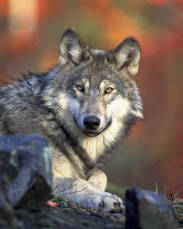

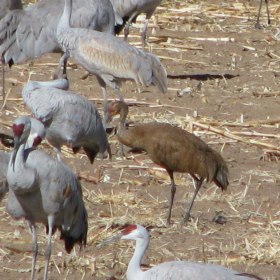 It’s not so much of a mystery, as a quirky little crane that has attracted media attention nationwide. Back in November,
It’s not so much of a mystery, as a quirky little crane that has attracted media attention nationwide. Back in November, 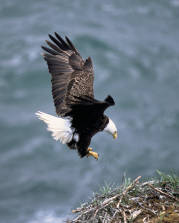
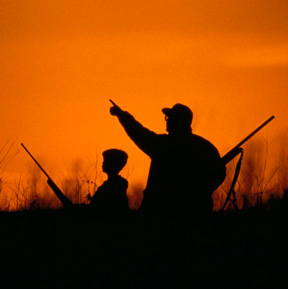 A
A 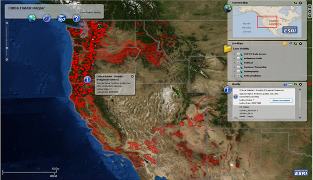 Is a picture worth a thousand words? The US Fish and Wildlife Service and the National Oceanic and Atmospheric Administration (NOAA) think a map is worth several pages of text. Both governmental entities are planning on replacing the long written descriptions of critical habitat for Endangered Species Act (ESA) listings in the Federal Register with a map. Make that an on-line map.
Is a picture worth a thousand words? The US Fish and Wildlife Service and the National Oceanic and Atmospheric Administration (NOAA) think a map is worth several pages of text. Both governmental entities are planning on replacing the long written descriptions of critical habitat for Endangered Species Act (ESA) listings in the Federal Register with a map. Make that an on-line map.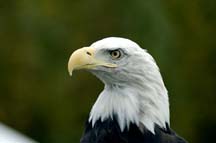 The US Fish and Wildlife Service would like to extend the length of the permits they issue to wind energy operations and other activities that by their nature disturb or kill bald and golden eagles from a maximum of five years to 30 years.
The US Fish and Wildlife Service would like to extend the length of the permits they issue to wind energy operations and other activities that by their nature disturb or kill bald and golden eagles from a maximum of five years to 30 years.